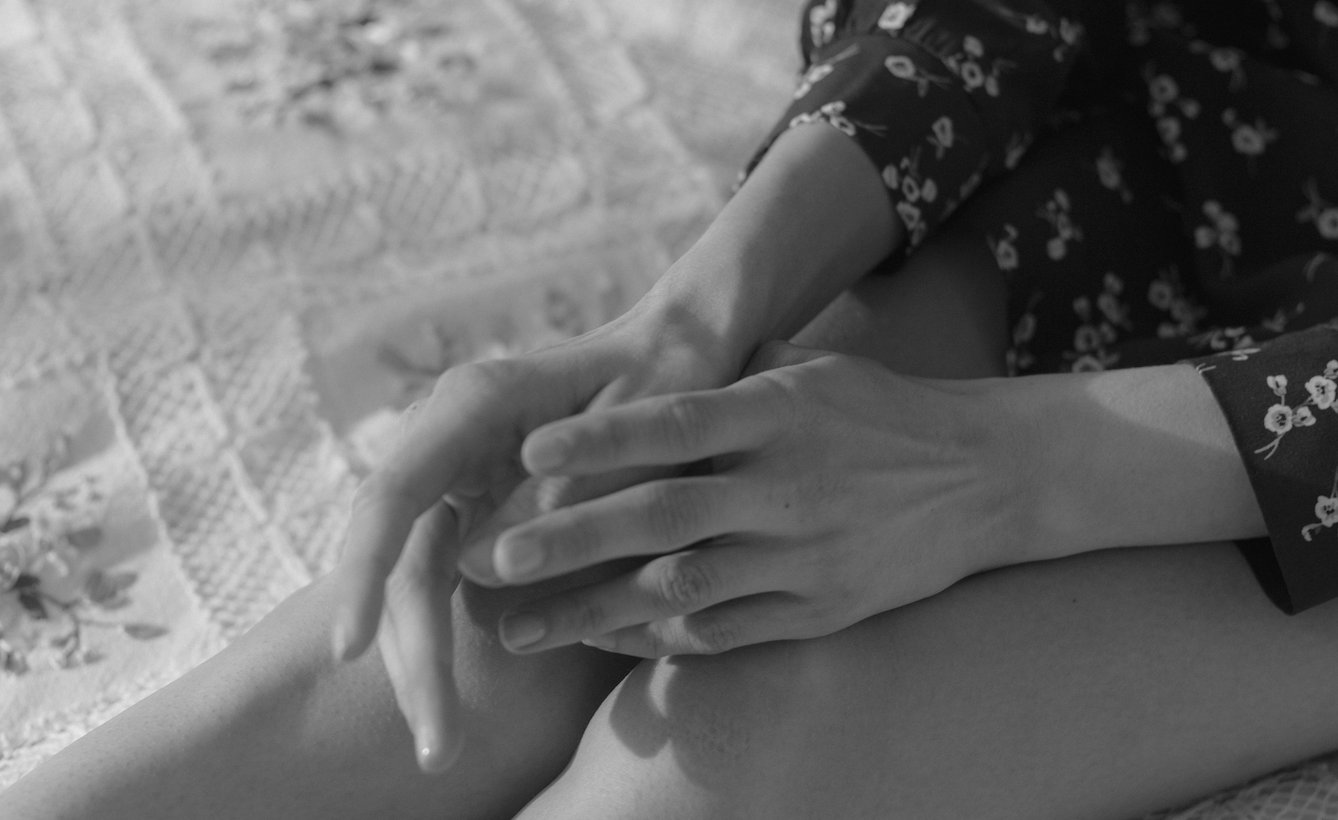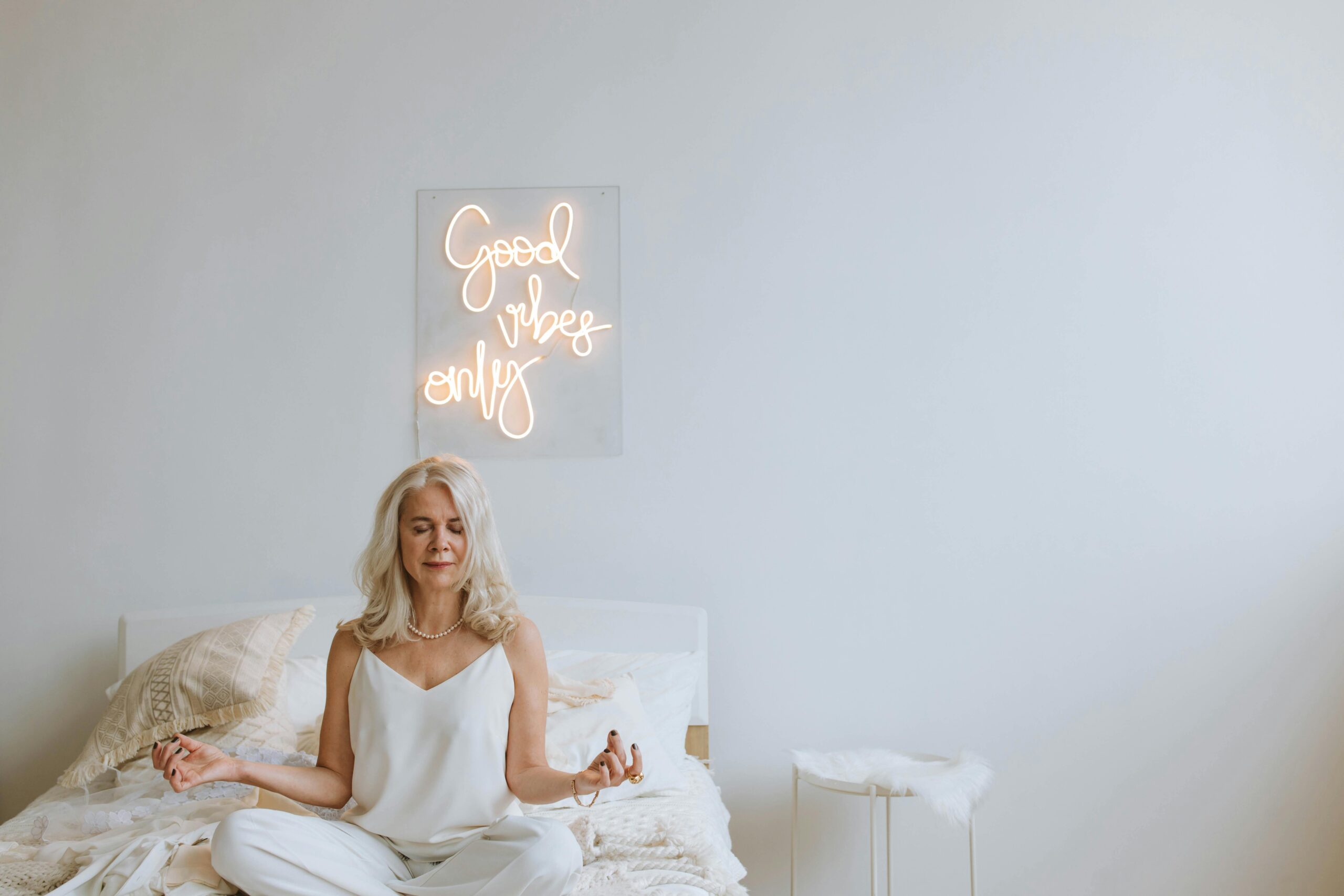
By Lauren Rader
The natural world makes my heart sing. Look how the summer light is shimmering. See how it touches the trees, spotlights the grass? I wonder at the intricacy of each leaf, each blade of grass. It’s sheer perfection.
It’s different for us humans. Nature though we are, we rarely experience this feeling of perfection in ourselves, or in our work. For many of us, perfection feels like an ideal we dearly wish to capture, but fear we never will. At the same time, an insidious inner critic prevents us from getting close.
My mind used to be overwhelmed with endlessly looping tapes relentlessly listing my various flaws. I wasn’t smart enough, pretty enough, kind enough, or talented enough. A friend of mine suggested that perhaps I was a perfectionist. “Ridiculous!” I thought. “How could he think that? Nothing I ever did was near perfection.”
In fact, pretty much nothing I did ever felt good enough. I certainly wasn’t good enough to be a perfectionist. But his question stuck with me, returning time and again. One day, years later, I finally understood the concept. He didn’t mean that I tried to do everything to perfection – though I may have – he meant something very different.

Webster defines perfectionism like this: a disposition to regard anything short of perfection as unacceptable.
Let me just repeat that for you: a disposition to regard anything short of perfection as unacceptable.
Finally, I understood the question. Maybe I was a perfectionist — anything I did that fell short of my idea of perfection felt completely unacceptable.
Over the years of creating my own art work and guiding others in creating theirs, I’ve seen variations of perfectionism and self-criticism creep in and impede artwork with regularity. I’ve watched many of my students struggle with an inner critic who torments them with the threat of their work never being good enough.
Questions of worthiness may appear before starting a piece, making it challenging to begin. But the inner judge (and jury) can interfere with the creative process at any time. The criticism in your head can be difficult, if not impossible, to still. It inhibits your ability to work and is a barrier to being in touch with your inner knowing.

It often comes down to fear. Fear that your work isn’t technically proficient enough, or unique enough, or current enough, or simply, that it’s just not good enough. But, after some 40-odd years of teaching, I’ve come to believe that every single one of us has a inalienable right to create, and that, as long as we are creating from our deeper verity, we are on the right path.
In my teaching, I do whatever I can to create a safe and supportive atmosphere that will quiet the inner critic and allow our innate creative instincts to flow. But, ultimately most of us find ourselves dealing with him (or her) at one point or another. It’s a challenge.
This self-criticism often centers around generalized concerns that we’re not good enough, fear that can be insidious and hurtful. But, even though it feels like reality, it isn’t— it’s fear. That’s why it helps to get in touch with your inner knowing — that’s where truth lives.
Here’s a litmus test to figure out if your worry is fear or truth. Put out your hands. In one hand is fear, in the other is truth. Ask yourself whether your concern is fear or truth speaking, and usually, you’ll have your answer. Because we always know the truth, but sometimes fear is blocking our way to hearing it.

Another good way to halt the ruminating is to stop and write. Ask yourself where those worries come from and write about them. Then write about what you want to do about it. Many of our feelings of insecurity stem from childhood. But the great thing is that we’re not kids anymore. We’re grownups now, and we’re in charge. We get to decide what to feed and what to let go of. Writing is a great tool for figuring out exactly what’s going on and how to move forward.
I’ve thought a lot about perfection over the years. I think I’ve come closer to seeing that it’s okay to not be perfect, or even anywhere near perfect. I’ve also reflected on compassion along the way, and learned to have compassion for myself (and thereby, others). I’ve accepted that while I may not be perfect, I’m probably good enough. And moreover, I’m trying. And, I think that’s pretty much all any of us can do.
Remember the perfectly beautiful nature we were talking about earlier? Perhaps she isn’t always as perfect as she seems. In Mary Oliver’s touching poem, The Ponds, she talks about how the lilies are so perfect she can hardly believe it. Crowded together, she sees so many of them, so beautiful and wild. But, as she looks closer, she realizes that one has a tear, another is lopsided, and still another is in decay. They’re not perfect, but they are wonderfully beautiful.
Maybe perfection is a bit of an apparition. Perhaps it’s an ethereal target we can aim towards, but one that should never keep us from reaching.


Lauren Rader is a lifelong artist and art educator. Ten years ago, Lauren opened her art studio to adult students, offering classes for women called Releasing the Creative Powers Within. The women’s personal and collective journeys into creativity became the inspiration for her new book, Studio Stories, Illuminating Our Lives through Art. You can read more about Lauren’s art, teaching and Studio Stories at www.LaurenRaderArt.com.
















